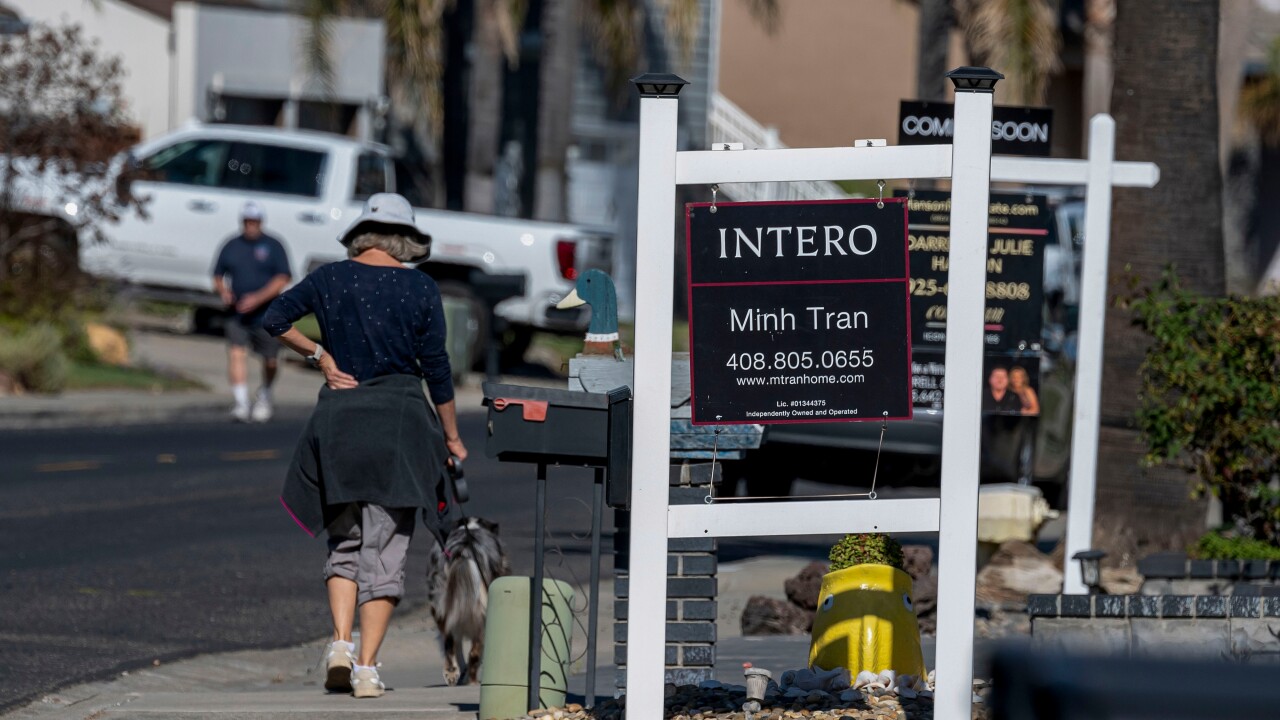No matter what form government-sponsored enterprise reform takes, Federal Housing Finance Agency officials are stressing that it should account for the fact that the GSEs' capital buffer will soon hit zero.
"I think the biggest and most significant risk is the continually declining capital buffer," Bob Ryan, the FHFA's acting deputy director of the division of conservatorship, told attendees at the Mortgage Bankers Association's National Secondary Market Conference in New York Monday.
FHFA Director Mel Watt and others at the agency have been focused on this point for some time and it's particularly important to drive home now that Fannie Mae and Freddie Mac's capital buffer could be at zero by January 2018, he said.

A blueprint for
"My biggest suggestion here is not to rush it," said Ryan. "It's very much going to be a function of how large the change is relative to the current system. The more radical it is, I think the longer we have to prepare and plan for it."
The GSEs will still have $258 billion from the Treasury to draw upon even if their net worth goes to zero, and that helps reassure investors in the massive multitrillion-dollar mortgage-backed securities market that the GSEs will be able to maintain its guarantee on MBS payments over the longer term.
Another potential risk that should be accounted for in GSE reform are changes in tax policy, certain of which could affect the GSEs net worth and Treasury draw, said Ryan.
"That could be a significant one-time hit," he said.





